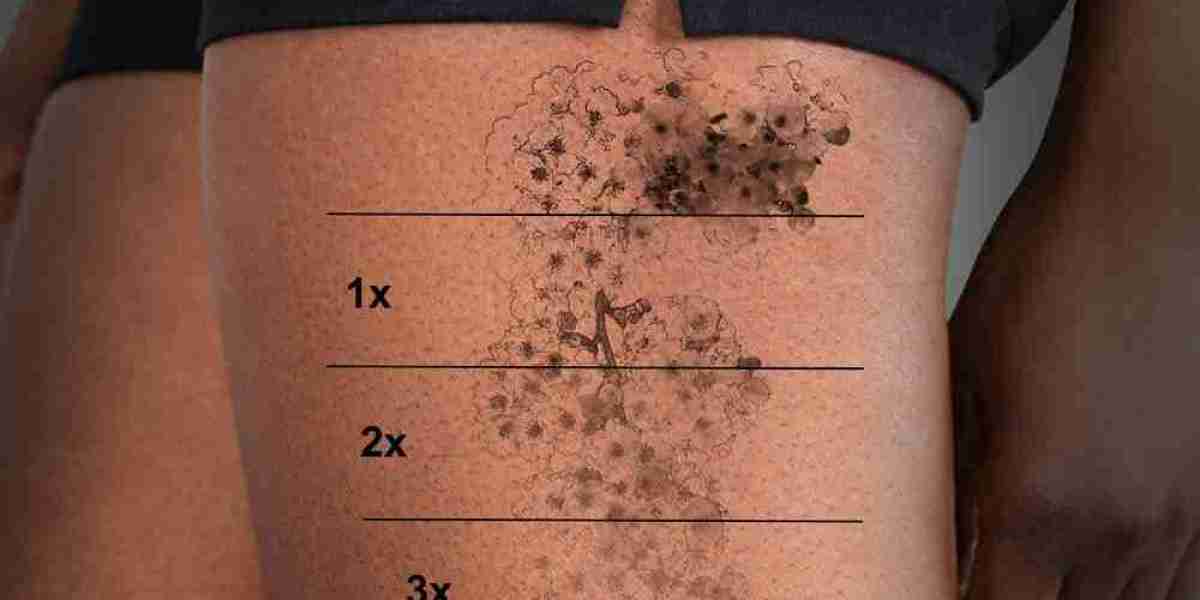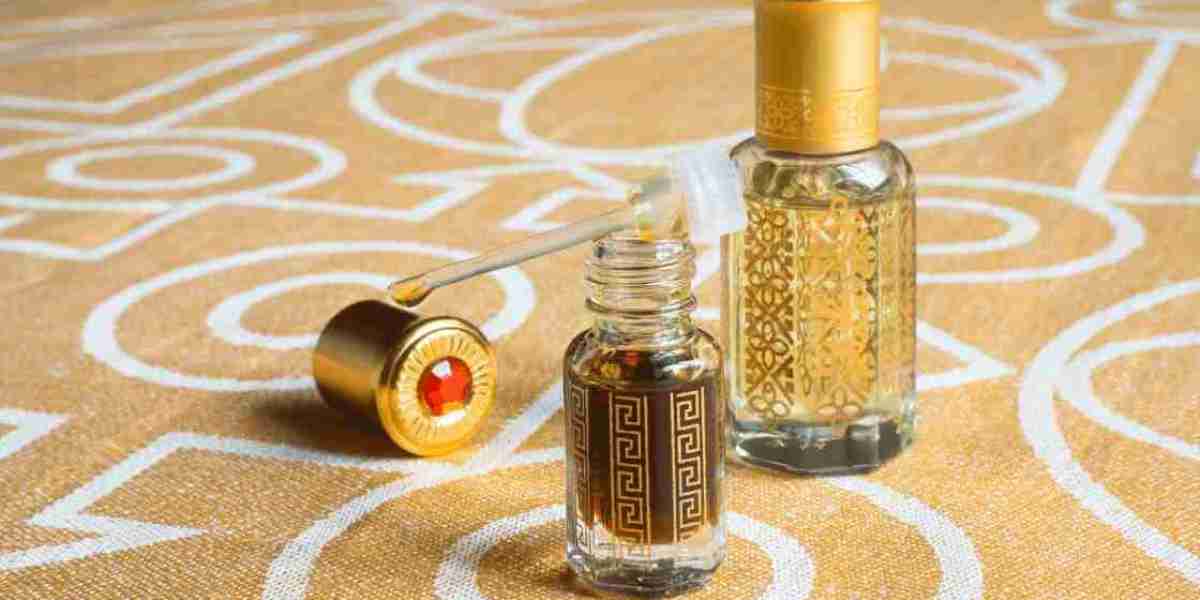Laser tattoo removal is a highly effective method for erasing unwanted ink, but the care you provide your skin after each session plays a crucial role in achieving the best results. Proper post-treatment care is essential to prevent complications, promote healing, and ensure the ink is broken down efficiently. Taking care of your skin after Laser Tattoo Removal(إزالة الوشم بالليزر) can reduce the risk of side effects and improve the overall success of the treatment. In this article, we’ll outline the steps you should take to care for your skin after laser tattoo removal and ensure optimal healing.
Importance of Post-Treatment Care:
Caring for your skin after laser tattoo removal is vital for several reasons. The skin is temporarily sensitive after the procedure, and without proper aftercare, you could face complications like infections, scarring, or pigmentation changes. The laser works by breaking up the ink particles in your skin, which are then absorbed by the body. During this healing process, your skin needs protection and attention to avoid additional damage and ensure that the tattoo fades or is completely removed over time.
Immediate Aftercare for Laser Tattoo Removal:
The first few hours and days after your treatment are the most crucial in terms of healing. Immediate care can make a significant difference in how well your skin responds.
Steps for Immediate Aftercare:
Cool Compress: Apply a cool compress to the treated area to reduce swelling and soothe discomfort.
Avoid Scratching: It’s important not to scratch or rub the treated area, as this can cause irritation or even scarring.
Keep the Area Clean: Gently clean the area with mild soap and lukewarm water. Avoid using harsh products like alcohol or strong exfoliants, as they can irritate the skin.
Moisturize: After cleaning the area, apply a thin layer of ointment recommended by your technician to keep the skin moist and promote healing.
During the first few hours, you may experience redness, swelling, or some mild discomfort, which is completely normal. Applying a cold compress and using the right ointments can minimize these symptoms.
Protect the Area from Sun Exposure:
One of the most important aspects of post-laser tattoo removal care is protecting the treated skin from sun exposure. After a laser session, your skin becomes particularly sensitive to sunlight, and sun exposure can cause long-term damage.
How to Protect Your Skin from the Sun:
Wear Sunscreen: Always apply a broad-spectrum sunscreen with at least SPF 30 to the treated area. Reapply every two hours if you are outdoors.
Cover Up: Wear loose clothing or a bandage to shield the area from the sun if you’ll be outside for prolonged periods.
Avoid Tanning: Avoid tanning beds or excessive sunbathing until the skin has fully healed.
Exposure to the sun can not only irritate the skin but may also increase the risk of developing hyperpigmentation (dark spots) or hypopigmentation (light spots) around the treated area, so sun protection is essential for optimal healing.
Avoid Picking or Scratching:
After laser tattoo removal, you may notice that the skin in the treated area begins to scab, peel, or flake. It’s vital to avoid picking, scratching, or peeling the skin during this process.
Why You Shouldn’t Pick or Scratch:
Prevents Scarring: Picking at the skin can lead to scarring, which can permanently affect the appearance of the skin and the success of tattoo removal.
Prevents Infection: Scratching or picking at the skin can introduce bacteria into the area, leading to an increased risk of infection.
Delays Healing: Scratching or peeling can interfere with the healing process and potentially cause the tattoo removal to take longer or be less effective.
Let the scabs fall off naturally. Over time, the treated skin will heal, and you’ll see the tattoo fade or disappear entirely.
Stay Hydrated and Maintain Healthy Skin:
Maintaining your skin's health is crucial during the healing process. Hydrated skin heals faster and is better able to recover from the laser treatment.
Tips for Skin Hydration and Health:
Drink Plenty of Water: Staying hydrated helps the body flush out the ink particles broken down by the laser.
Use Gentle Skincare Products: Avoid products with alcohol or harsh chemicals that can dry out or irritate the skin.
Avoid Hot Water: While it’s important to keep the area clean, avoid using hot water or taking hot showers for the first few days after your treatment, as this can further irritate the skin.
By keeping your skin hydrated and free from harsh chemicals, you’ll encourage faster and more effective healing.
Follow-Up Care and Monitoring Progress:
After your first session, it’s essential to continue monitoring the progress of the healing process. Be sure to attend any follow-up appointments to check on the effectiveness of the treatment and discuss any concerns.
What to Look for During the Healing Process:
Normal Healing Signs: Mild redness, swelling, and slight scabbing are common and should improve over time.
Signs of Infection: If you notice increased redness, pus, or significant pain, consult with your provider to rule out infection.
Progress Check: Over the weeks following treatment, you’ll start to notice your tattoo fading. If you don’t see progress, your provider may suggest additional treatments or adjustments.
It’s also helpful to keep track of any side effects, so you can communicate with your provider and receive appropriate guidance.
Benefits of Proper Aftercare for Laser Tattoo Removal:
Proper aftercare is essential for achieving the best possible results from your Laser Tattoo Removal treatment(علاج إزالة الوشم بالليزر) sessions. Adhering to post-treatment instructions can speed up recovery, reduce side effects, and enhance the effectiveness of the treatment.
Key Benefits of Proper Aftercare:
Faster Healing: By taking care of the treated area, you can speed up the healing process and reduce discomfort.
Minimized Risk of Scarring: Following aftercare instructions reduces the risk of scarring, helping to maintain smooth, healthy skin.
More Effective Tattoo Removal: Proper care allows the laser treatment to be more successful, ensuring that the ink is absorbed and removed efficiently by the body.
By taking the necessary precautions and maintaining proper aftercare, you'll be giving your skin the best chance to heal properly, leading to more successful tattoo removal results.
Frequently Asked Questions:
How long does it take for the skin to heal after laser tattoo removal?
It usually takes 2 to 4 weeks for the skin to heal completely after each session. The exact time varies depending on the size of the tattoo and your skin’s response to the treatment.
Can I shower after laser tattoo removal?
Yes, but avoid hot water and harsh soaps. Use mild, lukewarm water to gently clean the treated area, and pat it dry with a soft towel.
What if I experience blisters after treatment?
Blisters can occur as part of the healing process. If they form, avoid popping them, and allow them to heal naturally to avoid scarring or infection.
Conclusion:
Taking care of your skin after laser tattoo removal is just as important as the treatment itself. By following the recommended aftercare steps, you can help ensure the best possible results, minimize side effects, and promote faster healing. From protecting the treated area from the sun to keeping the skin moisturized and hydrated, proper skin care is essential for successful tattoo removal. By adhering to these guidelines, you’ll be on your way to smooth, tattoo-free skin in no time.




